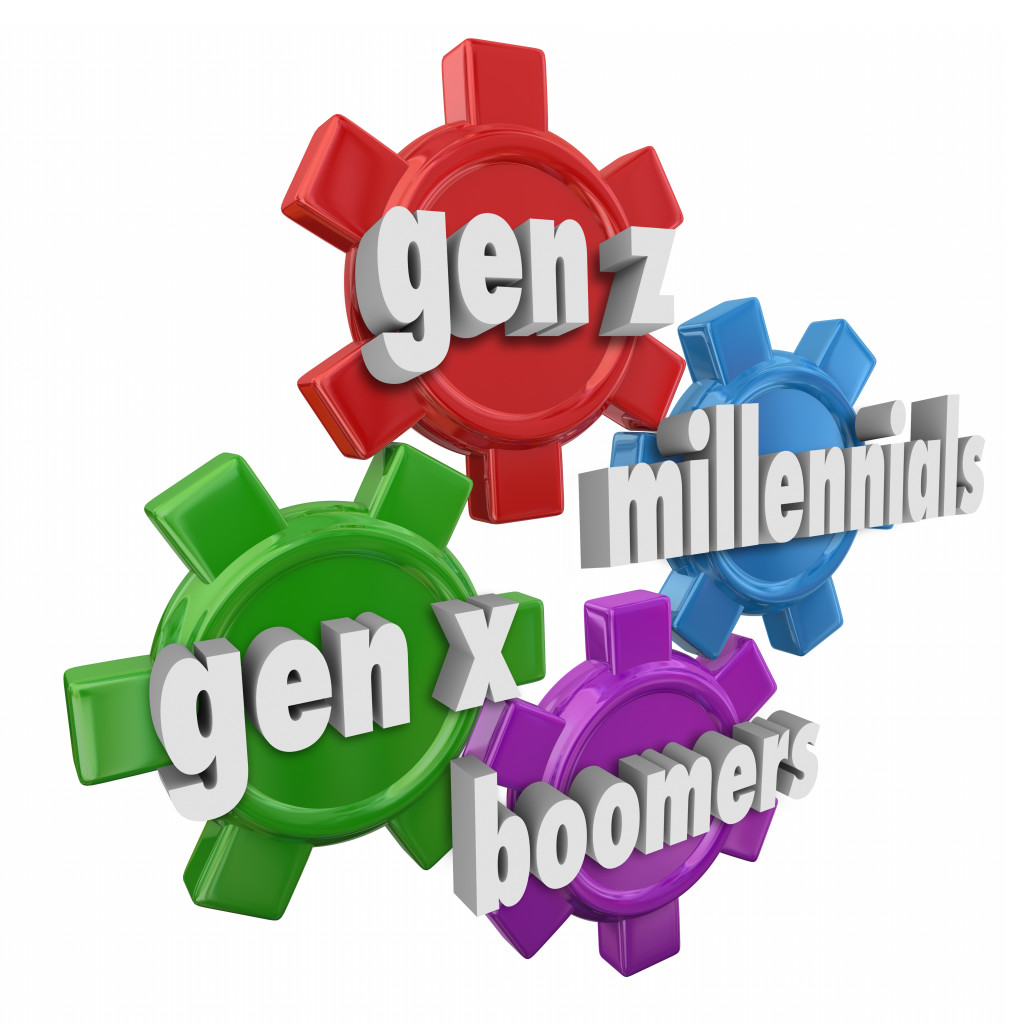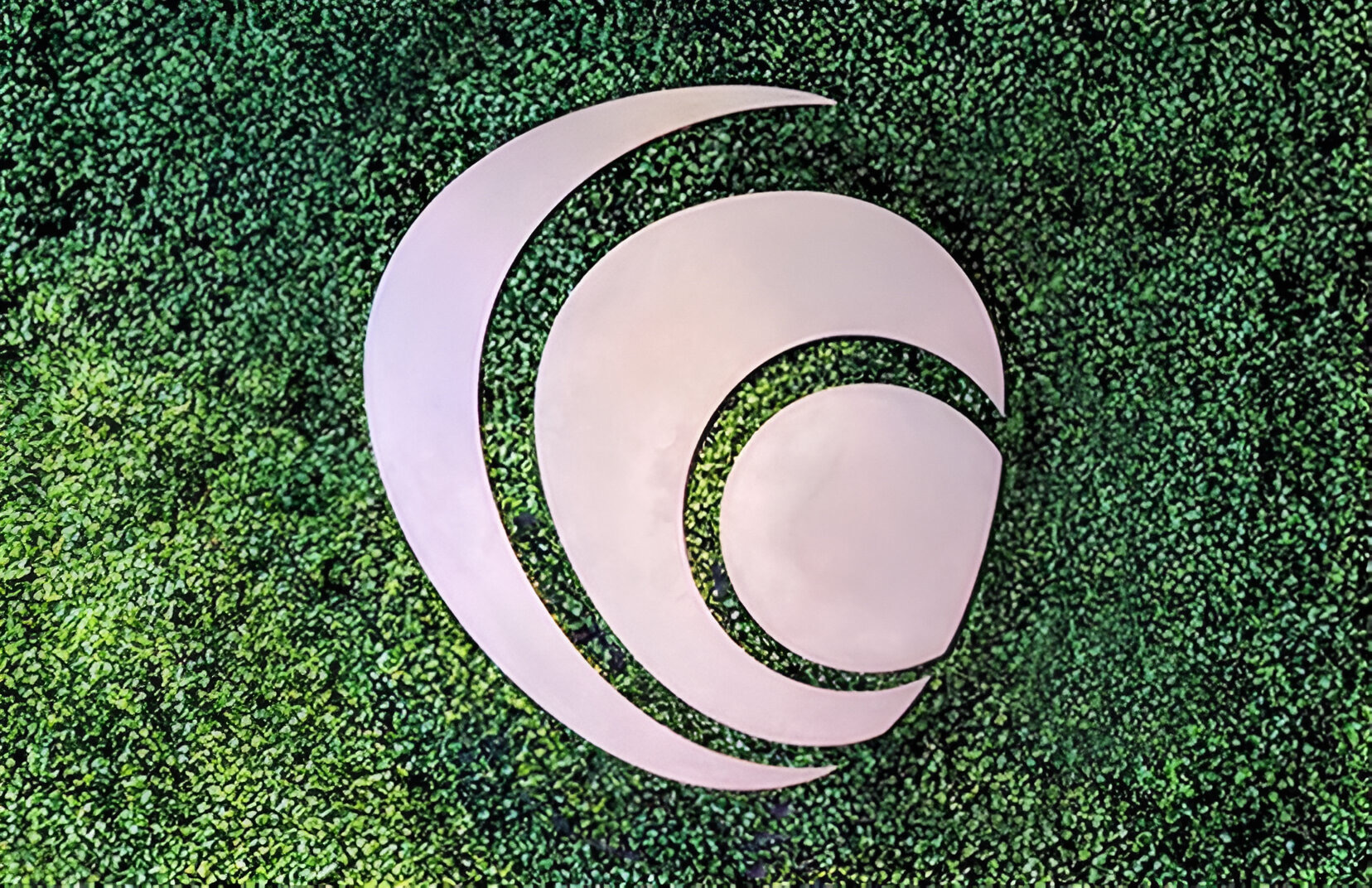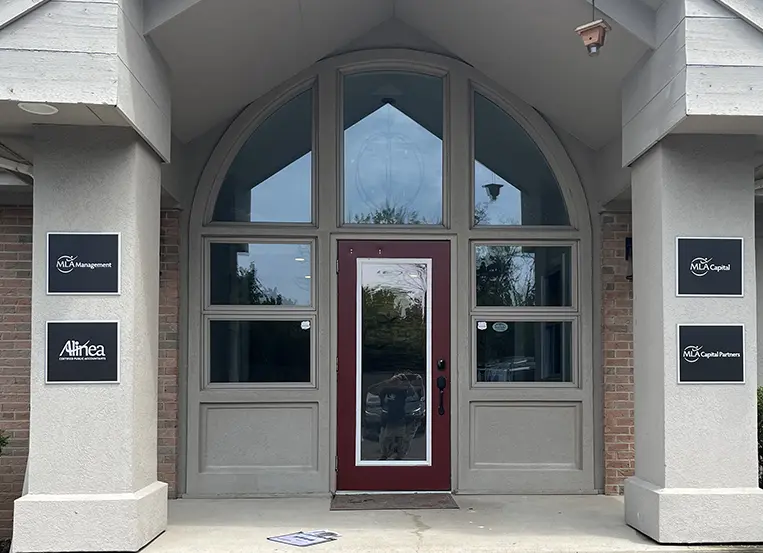The next-generation worker, aka the Millennial, is a big part of the present business landscape and a huge part of the future. In fact, by 2020, Millennials will represent 50% of the workforce and an astounding 75% of the workforce by 2025.
It’s important that your company or firm caters to this next generation of worker in order to have long-lasting success, but you’re probably thinking, “You’ve got that backwards, Tom. They need to adapt to my way of doing business, my processes and my technology.”
The reality is that this old school way of thinking is no longer applicable to the next generation of worker, and ultimately, could hinder the success and longevity of your firm.
The next generation of worker has a lot of characteristics and viewpoints that you must be sensitive to, and be willing to adapt to, if you want to work with them to ultimately grow your company or firm. For instance, they are more concerned about flexibility, work/life integration, and really, the purpose of the job they do, rather than in traditional thinking around what success looks like – or what’s typically been associated with a career in a corner office in the proverbial suit and power tie.
This worker is literally everywhere – all over the map, working from anywhere, at any time. Because companies are continually embracing the idea of the remote worker, we’re really seeing the competitive landscape for talent start to significantly expand. Previously, your talent pool was where you conducted business; or, you enticed talent to move to your place of business. Today, the rules are different – the competitive landscape for talent is coast to coast and even worldwide.
Working remotely isn’t anything new; for years, firms have hired seasonal talent who work from home, while companies have quite a bit of their staff working offsite one or more days a week. What has changed is how we’re using technology to help the remote worker thrive in more productive ways than previously thought. And again, the new workers – the Millennials, are not going to come to work for you if you cannot adapt to the way they work.
While this new way of work is the present and the future, it comes with challenges. As a company, how you maintain your culture, get work done and cultivate relationships when you lose that water cooler talk or can’t go out for dinner or a beer, is an issue. To help guide you, here are 3 areas to focus on that will not only help you meet your goals; you’ll have more than enough Millennial applicants for any position.
1. Create a unified communications/collaboration strategy.
The most important aspect of addressing the new way of work in the Millennial generation is having a solid, unified communications strategy. Whether you have multiple offices around the world or one office, it is important that employees can communicate as if they are in the cubicle next to you.
At Avalara, we have 16 offices around the world and 1,100 employees. As a result, we spend a lot of money on video conferencing and chat technologies, but this all boils down to creating an ease of communication. You can get on a video call anywhere, any time, on any device with just one touch or one click. Think about FaceTime on your iPhone – that’s what you want. An easy solution is videoconferencing and it’s super reliable.
One simple strategy is to ensure every laptop has a camera. We use Skype for business to ensure employees can collaborate easily with their colleagues no matter where they are, any time they want. I realize there are other systems, including GoToMeeting and WebEx; for us, Skype works best.
2. Provide easy access to information.
Traditionally, you’ll have a server inside your office or data center that houses the data of your business. Those systems can house everything from event calendars to critical strategy documents about your company. How do you securely deal with a remote workforce that requires access to this critical and non-critical information from any device?
Although you still need to have security controls in place, there are many technologies that allow you to securely access that information from any device. Google Drive is probably the most popular. OneDrive, Dropbox and Box.com all work, too. In fact, there are, and will continue to be, all kinds of different ways that companies are making information easily accessible via these technologies.
How about the old-fashioned telephone? Today, our mobile phones can have 64-128 GB of storage. They are computers and are no longer just exist for making phone calls. Here’s a story: I hired a Millennial a few months ago, and as I traditionally do, I called him on the phone. He didn’t answer and his voicemail had not been set up. How do I reach him? When I finally did, he asked, “Why didn’t you text me?”
It seems very simple and very trivial, but as someone from more mature, traditional generations, this was disconcerting. Remember, however, my advice on adapting to the Millennial; this is the new way of work. Nobody leaves voicemails anymore, so you might just have to adapt and text a Millennial. Already, companies such as Coca-Cola eliminated voicemails from their office phones.
When communicating with your team across many devices, don’t forget to place secure file exchange at the top of your list of priorities. The last thing you want is some sort of data leak or mishap in exchanging information.
3. Limit the infrastructure
One of the other challenges that having a large remote workforce brings is how to deal with the traditional corporate infrastructure. How do you get laptops, phones and other essential equipment to employees that may be halfway around the world? If a corporate laptop needs to be replaced and the employee is in Hong Kong, how long will that employee be offline and unproductive waiting for you to get her a new laptop?
One solution to this problem is to allow employees to use their own devices. Today, we do this with mobile phones in almost all cases, so why not do it with all mobile devices? This allows you to spend your capital managing the things that are critical to your business and allows employees to use the devices they want for work.
When you think about what success looks like, you must be able to attract the greatest talent in the world, no matter where they live or what device they like. Be great at accounting, not necessarily great at technology. The technology you invest in makes has an enormous impact on the success or shortcomings of your business. Invest in technology wisely.
Ask Millennials for Help
The other advice I give firms and companies is to do your research – specifically, ask the Millennials in your organization for help. They’ll be glad you asked their opinion (a Millennial trait), but more importantly, you’ll get some focused guidance on how they use technology and how they aren’t using it – remember the texting example? Chances are, you’ll probably learn more about the ways they aren’t using it than the ways they are, especially when it comes to working in the cloud.
The next generation is going to ultimately represent your firm, its success and longevity, so leave your power card and control tendencies at the door. The reality is that if you aren’t willing to adapt and show respect and admiration to Millennials, they will either go elsewhere or not be invested in your firm.
Check back with me in a few years when it’s time to address the needs of Generation Z … now that will take some thinking.
————-
Tom Parker is chief information officer for Avalara. Prior to joining Avalara, Tom was director of application security at Microsoft, accountable for the overall risk management of its IT application portfolio. He also served as strategic security advisor for the North Central District at Microsoft in Minneapolis, and helped shape Microsoft’s enterprise application platform business architecture, and supporting models and tools. In addition, Tom was a managing consultant for Shavilk Technologies, a senior security engineer and division manager for the National Security Agency, and has held several leadership roles in the United States Navy. Contact Tom at tom.parker@avalara.com.
Thanks for reading CPA Practice Advisor!
Subscribe Already registered? Log In
Need more information? Read the FAQs




